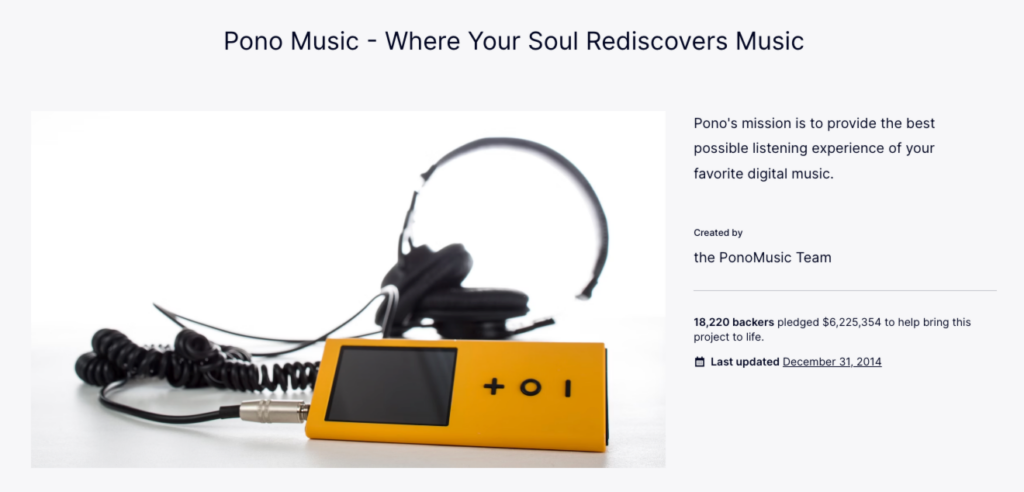
A New Year’s Resolution For Your PR Department You may have already made (and broken- no judgement!) your personal resolutions for 2015, but what about resolutions for your business? I have an idea for one- let’s make 2015 the year we embrace public re …
A New Year’s Resolution For Your PR Department
You may have already made (and broken- no judgement!) your personal resolutions for 2015, but what about resolutions for your business? I have an idea for one- let’s make 2015 the year we embrace public relations and marketing as a combined field. Why? Completely separate approaches are becoming outdated. More importantly, if you’re working for a startup, you might not have the resources for two separate departments- and that’s OK.
Measurable metrics are continuing to become more and more important to your clients and to your own company, but traditional PR strategies don’t always allow for the best measurement of ROI and impressions. This is where the PESO method comes in. PESO stands for Paid Media, Earned Media, Shared Media, and Owned Media. This method acknowledges that while each aspect is unique in its own way, they all intersect with each other in important ways.
P: Paid Media
Paid media is, simply enough, media that you pay for. This includes all advertisements – Facebook ads and sponsored posts, sponsored tweets and instagram posts, and lead generation. Paid Media also can consist of affiliates and brand ambassadors. Since your company has a paid relationship with these people, you technically own the shared content, therefore this aspect of paid media intersects with owned media.
E: Earned Media
Earned media is the traditional public relations strategy: securing publicity for yourself and/or clients. This includes media relations, staged events, investor relations, and communicating with influencers. Earned media also intersects with shared media when you use it to respond to detractors and convert those people to advocates.
S: Shared Media
Shared media is simple – all content that you share with your followers on social media channels. As mentioned above, shared media intersects with earned media by using it to communicate with detractors and consumers. The two also intersect when you do some sort of partnership- an example of this is partnering with a charity, participating in community service as a company, or partnering with another company in your area.
O: Owned Media
The foundations of owned media are your content channels- these consist of your website, customer and employee testimonials, reviews, blogs, videos, podcasts. These are the channels that you deliver content directly to your audience, without the use of a third-party mediator. Something important to remember here is that social media content is NOT owned. At best, it’s rented- your company can control the content but has no authority of the platform it’s on and what that platform does with it.
Think of the PESO model as an intersecting Venn diagram. In the space where paid, earned, shared, and owned media intersect is your content. Making sure that all content is shareable, optimized, and engaging is one of the most important factors in a marketing and public relations plan- you can push content on social media, contact the media, and post advertisements for days but if your content isn’t great then you won’t see any noticeable effect.
So how do you implement these strategies for your startup? Start with the basics- make sure your company is utilizing every aspect.
Post meaningful content on social media and engage with followers, encouraging them to share the content with their own followers. Build relationships with the media- not only by sharing news about yourself but by sharing things you believe they’ll find genuinely interesting. Once you make an actual connection with media contacts, you’ll find it’s much easier to secure coverage. Curate interesting content from employees on your own page. This can be in the form of a blog, a podcast or simply employee testimonials – regardless of what form the owned media is in, it will enhance your company’s legitimacy. Finally, make sure that you’re using paid advertisement correctly. Check to see if you’re targeting the correct audience for sponsored posts and ads, as well as using the correct channels for advertisements.
By embracing this model, you’ll be able to get out of the habit of using media relations as your only strategy and have a greater influence on the entire marketing plan for your company. You’ll also be able to see how your marketing and media campaign has affected things such as employee and customer engagement, as well as sales.
Work With Us
Want to learn more about how we’d prepare your product for launch? Request a quote today.
Want To See This Advice In Action?
Check out our case studies and learn more about how we’ve achieved stellar results for our clients.



